Sustainable Design
What is sustainable design?
Intelligent home design that gives you a naturally light, healthy, comfortable and energy-efficient home all year round.
A home that you and your family can enjoy every day, and far into the future.
Site
Whether you’ve purchased a block or you’re still looking for land, there are many aspects we carefully consider in the sustainable design process. Site orientation, boundary lines and setback. Height restrictions and overshadowing from vegetation and buildings. Weather conditions, prevailing wind directions and adjoining buildings and trees that can affect airflow and solar access. Sources of possible noise pollution. Views and vehicle access. Soil type and drainage. Council policies and R Codes.
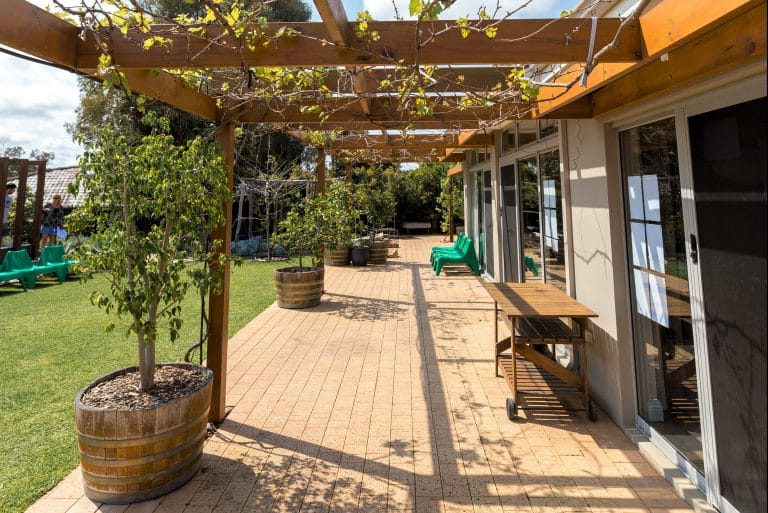
Site
Whether you’ve purchased a block or you’re still looking for land, there are many aspects we carefully consider in the sustainable design process. …read more
Home Orientation
The sun’s path in the sky varies with the seasons, and when it’s low in the east or west in the summer months it can overheat your home. Correct orientation will minimise penetration of harsh summer sun and allow access to cooling southerly breezes. Conversely, in winter solar penetration will be maximised to keep your home warm and snug and minimise heating costs. Buying the ‘right’ block makes it easier to position rooms and windows for optimum passive solar performance. If you do buy a block where orientation is more challenging, good sustainable design can still produce good outcomes. However, seeking advice prior to purchasing can save you a lot of money.
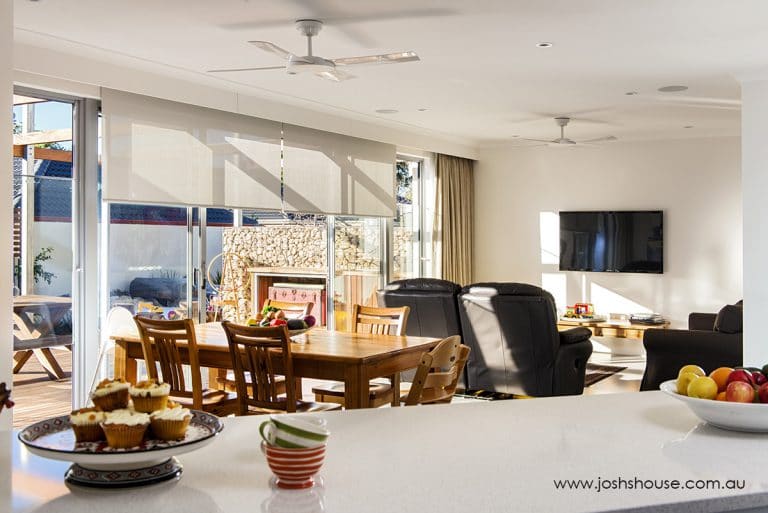
Home Orientation
Windows
While your windows give your home natural light, fresh air and ventilation, as well as views and visual links between your indoor and outdoor spaces, they are also a major source of heat gain and heat loss.
With sustainable design, we can limit the heat loss and gain by choosing the right windows for your home, orientating large glass areas towards the north or near north, and avoiding large glass areas facing west and in cool areas to the south. Specialised window frames and glazing types can also be considered.
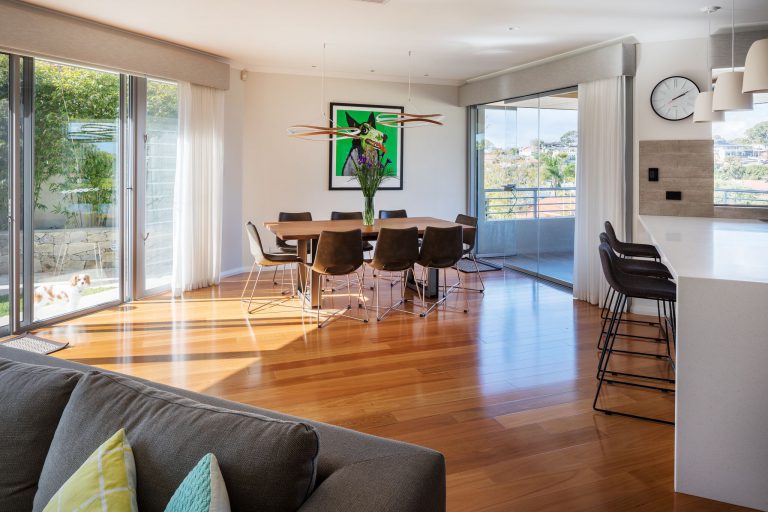
Windows
External Shading
Generally, external shading is more effective than internal shading. It can prevent solar heat gain through windows and external walls while also providing protection against strong winds and rain.
External shading can take the form of vegetation, overhangs, verandahs or shutters, which work well on all orientations except south. For effective protection from the summer heat and penetration of warm winter sun, we recommend adjustable, seasonal shading, such as solar pergolas, removable shade sails or shade cloth and deciduous vines and trees.
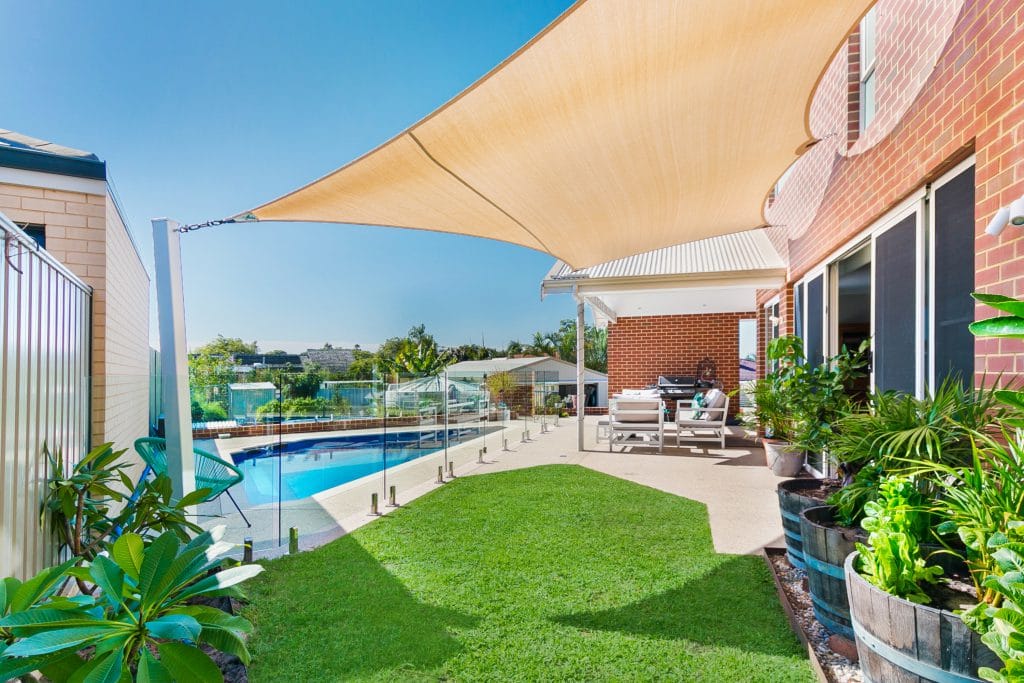
External Shading
Passive Cooling
With correct selection and placement of your windows and doors, we can create good crossflow ventilation to take full advantage of the prevailing summer breezes to provide natural cooling that’s cost-free and carbon neutral. We achieve this by combining internal vertical mass (such as brick walls) to absorb the infiltrated heat from a hot day, with well-designed airflow to strip the heat from the mass and minimise temperature fluctuations.
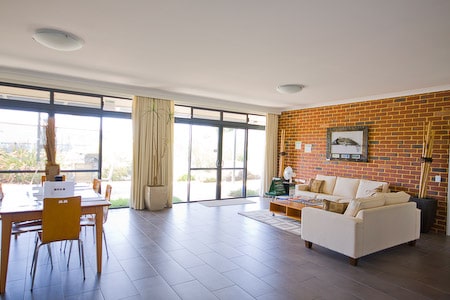
Passive Cooling
Passive Heating
Combining good design principles with building materials that have good thermal mass (such as insulated brick walls on a concrete slab), comfortable indoor temperatures can be maintained all year round in your home. The shear mass of these materials (if insulated from exterior weather conditions) will store and dissipate heat to minimise internal temperate fluctuations in summer and winter.
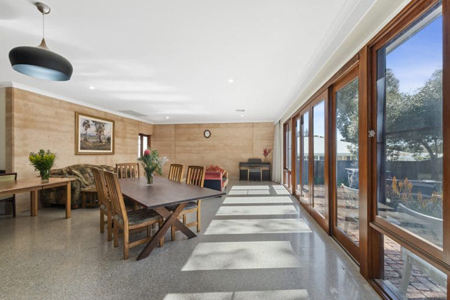
Passive Heating
Future Proofing
To ensure your home fits your family’s needs now and into the future, it’s important to consider adaptable design principles, also called multi-generational and multi-functional design. Your Solar Dwellings home will be designed with wider doorways and hallways, good access to bathrooms and careful consideration of potential trip points.
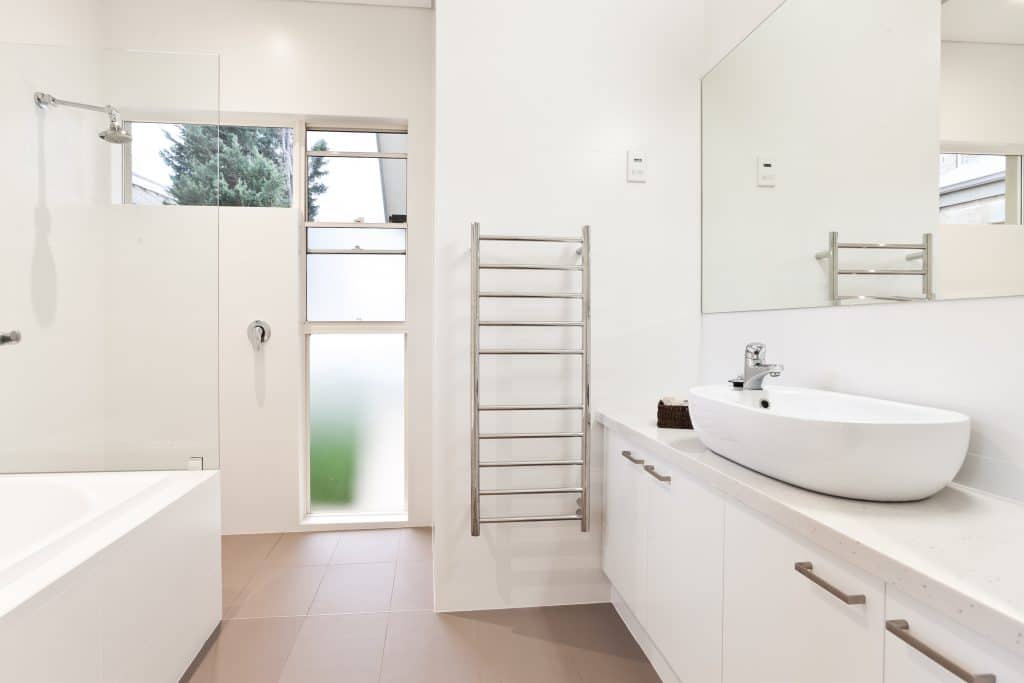
Future Proofing
Insulation
An effective barrier against heat loss, heat gain, weather and noise, correct insulation gives your home an extra layer of protection to help maintain a comfortable indoor environment you can enjoy all year round. There are various types of insulation that will help you create a low-cost, high-performance home, but it’s important to make the right selection for the right application while avoiding over or under insulating.

Insulation
Building materials
The types of materials you select at the design stage will have a fundamental impact on the longer-term sustainability of your home. We give careful consideration to the materials’ resilience under various weather conditions and long-term maintenance, as well as the cost, availability, embodied energy and overall ecological footprint of the building materials chosen for your home.
Design consideration is also given to grey and black water systems (alternative treatment units, ATU), PV cells, batteries, energy efficient appliances, lighting, water heating, landscaping and low allergen design.
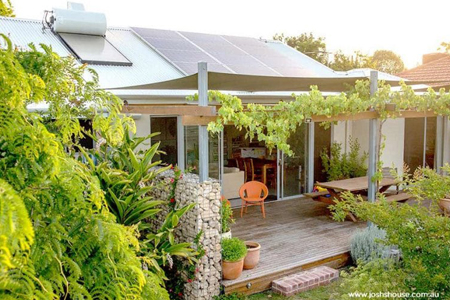
Building Materials
“I am still very happy with our home design, with multiple views to the garden being just one of the highlights. Others being the seven-drawer system in the kitchen, hobless shower, and sash windows. I am so glad I found Solar Dwellings in my search for designers and architects.”
Veronica, MT LAWLEY

